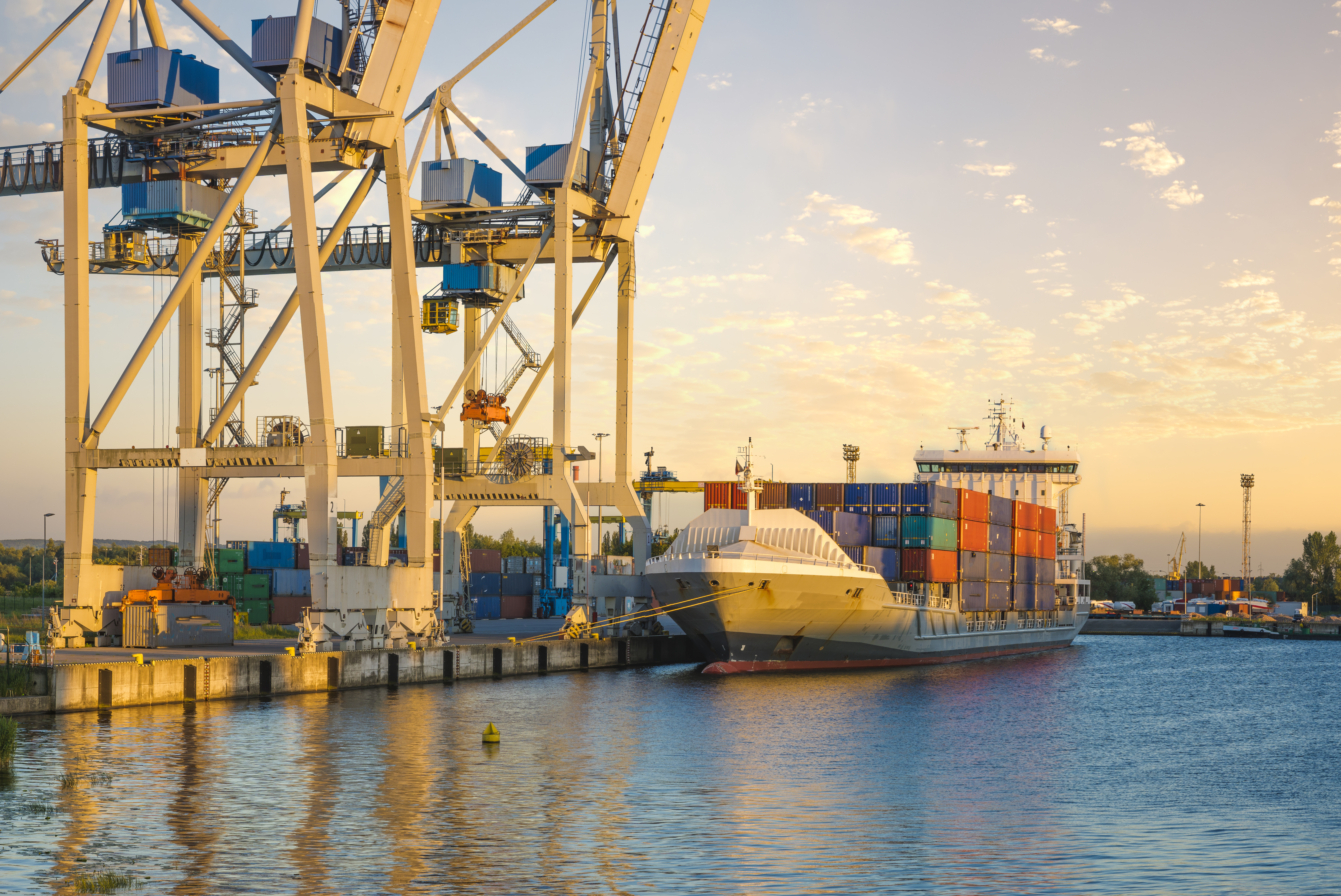What Now for Hemispheric Trade?
What Now for Hemispheric Trade?
With passage of the U.S. free trade agreements with Colombia, Panama, and South Korea, COA's Eric Farnsworth explores what's next for the hemispheric trade agenda.
When President Obama signed the trade agreements with Colombia, Panama, and South Korea in October, he advanced an important part of the hemispheric (and Pacific) agenda. All three agreements passed with strong bipartisan majorities, supporting the administration’s argument that in order to build sustainability for the trade agenda, broad-based political support was required, and political support had to be developed over time, with careful and methodical coalition building.
In the end, 300 House members voted in favor of the Panama agreement, which passed by 171 votes. Colombia, the most controversial of the three, passed by 95 votes. Compare that to passage of the trade agreement with Central America in 2004, which won narrow approval mostly along party lines. This new margin of victory lays the groundwork for renewal of a politically sustainable trade agenda, and is a bright spot in support of our security and economic interests abroad—if we choose to view the trade votes as the first steps to renewed and expanded global trade engagement, rather than an endgame in and of themselves.
The reality, however, is that the 2012 presidential election primary season will get in the way of additional trade expansion initiatives. Further steps will likely await the next presidential term. With justification, official Washington is pleased to have passed the three trade deals, as well as additional trade-related items including assistance for workers displaced by trade, but the danger is that we will now check the box marked “trade expansion” and move on.
That would be a mistake. In the four years it took the United States to move from the initial conclusion of the trade negotiations with Panama and South Korea, and the five years it took with Colombia, to Obama’s signing, Latin America has strengthened, gained confidence, and diversified. The U.S. market share has decreased, and opportunities that the U.S. may once have regarded as part of a captive market have been grabbed increasingly by Brazil, China, India, and others. This trend will only increase. A pause on trade by Washington even as others intensify their efforts will accelerate Latin America’s pull away from the U.S. Rather than being complacent, the U.S. must now contend for Latin America in a manner that we have not traditionally had to do.
Several priorities should be pursued. First, implementation of the agreements with Colombia and Panama should be handled quickly, to ensure that the promised benefits swiftly accrue.
Second, we need to build confidence among U.S. citizens that existing trade agreements, including NAFTA, Central America, Chile, and Peru are working as intended. Trade and investment are increasing, jobs are being created, and labor and environmental priorities are being respected. It would be nice if government sources, backed by facts, would say so. Third, existing Western Hemisphere agreements should be consolidated under one umbrella. This will be a lengthy, technical process, but it would arguably do more than anything else to unlock the full potential of existing agreements. We should begin the process now.
Fourth, ongoing negotiations for the Trans-Pacific Partnership should be transformed into a true trans-Pacific negotiation, rather than a negotiation with Asia that happens to include Chile and Peru. Canada, Colombia, Mexico, and Panama should all be candidates to join, even as additional Asian nations such as Japan consider queuing up; creative thinking in promotion of a strategic agenda would also bring Uruguay into the mix. Fifth, Obama should sketch out his vision for hemispheric trade at the April, 2012 Summit of the Americas in Cartagena, which could include sectoral agreements on clean energy, technology, or autos, for example, in a manner that might encourage Brazil to reconsider a hemispheric trade agreement. Another summit without a trade agenda would be an opportunity missed.
Other ideas could also be considered. The main point is this: passage of the trade agreements with Colombia, Panama, and South Korea was a welcome development, showing that Washington can advance issues of importance.
But this has to be the beginning of the next chapter in hemispheric trade expansion, not the end. Otherwise we will continue to lose markets and influence in a hemisphere that used to be known, rightly or wrongly, as our backyard. It would be a shame now to squander the momentum that took so long, on a bipartisan basis, to create.







